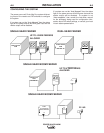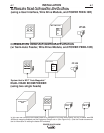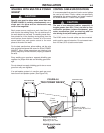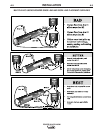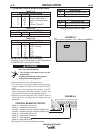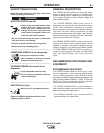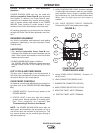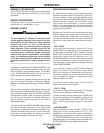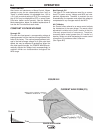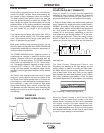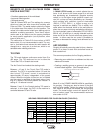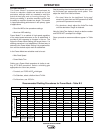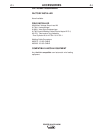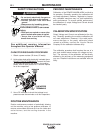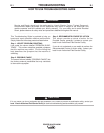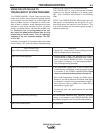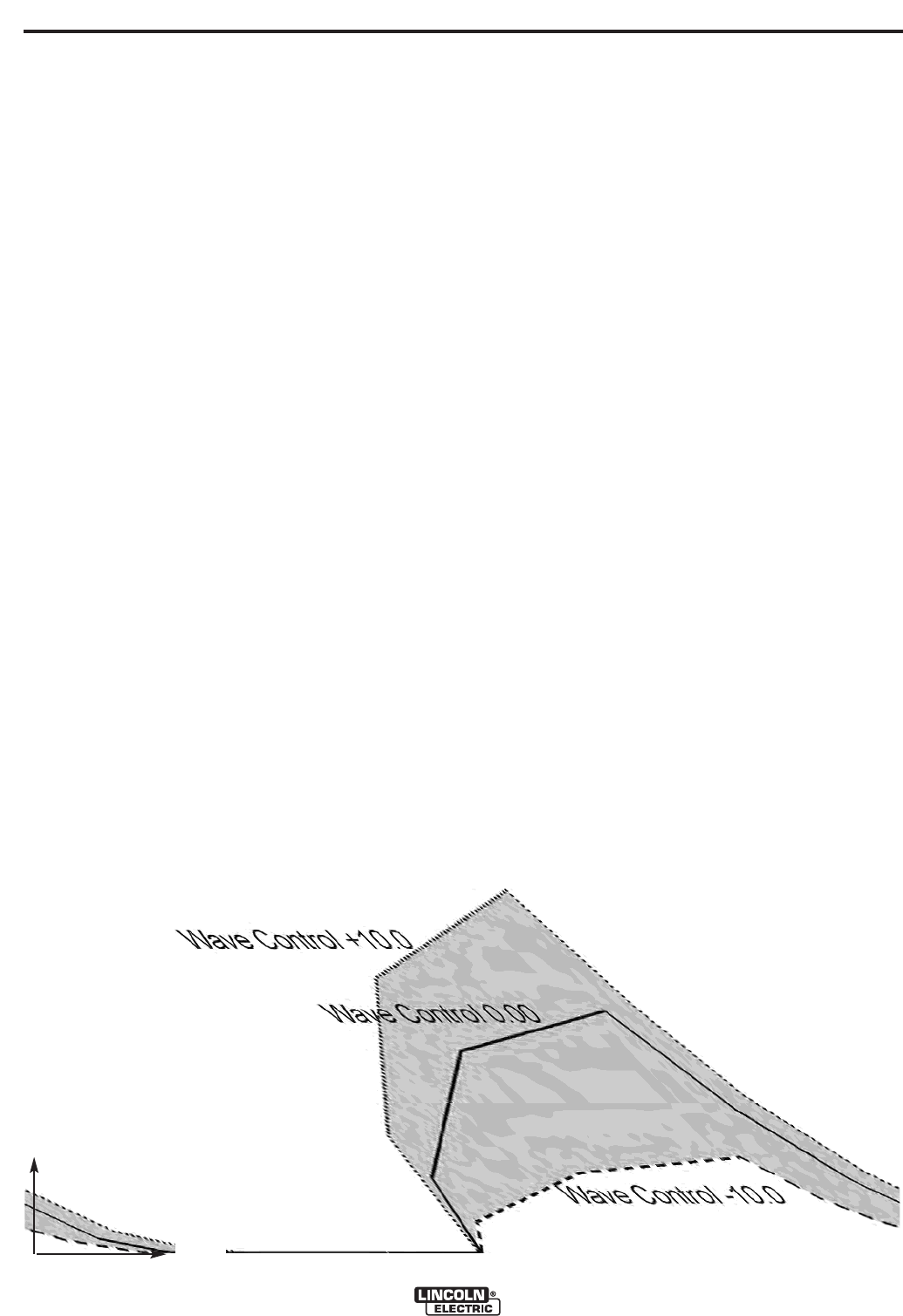
Non Synergic CV:
This type of CV mode behaves more like a conven-
tional CV power source. Voltage and WFS are inde-
pendent adjustments. Therefore to maintain the arc
characteristics, the operator must adjust the voltage to
compensate for any changes made to the WFS.
All CV Modes:
Arc Control, often referred to as wave control, adjusts
the inductance of the wave shape. The wave control
adjustment is similar to the "pinch" function in that it is
inversely proportional to inductance. Therefore,
increasing wave control greater than 0.0 results in a
harsher, colder arc while decreasing the wave control
to less than 0.0 provides a softer, hotter arc.
(See Figure B.2)
FIGURE B.2
Current
Time
CURRENT WAVE FORM (CV)
B-4
OPERATION
B-4
• ARC CONTROL
Also known as Inductance or Wave Control. Allows
operator to vary the arc characteristics from "soft" to
"harsh" in all weld modes. It is adjustable from -10.0 to
+10.0, with a nominal setting of 00.0 (The nominal set-
ting of 00.0 may be displayed as OFF on some Power
Feed wire feeder control panels). See the Welding
Mode descriptions, below, for detailed explanations of
how the Arc Control affects each mode.
CONSTANT VOLTAGE WELDING
Synergic CV:
For each wire feed speed, a corresponding voltage is
preprogrammed into the machine through special soft-
ware at the factory. The nominal preprogrammed volt-
age is the best average voltage for a given wire feed
speed, but may be adjusted to preference. When the
wire feed speed changes, the POWER WAVE® auto-
matically adjusts the voltage level correspondingly to
maintain similar arc characteristics throughout the
WFS range.
POWER WAVE® 405M



